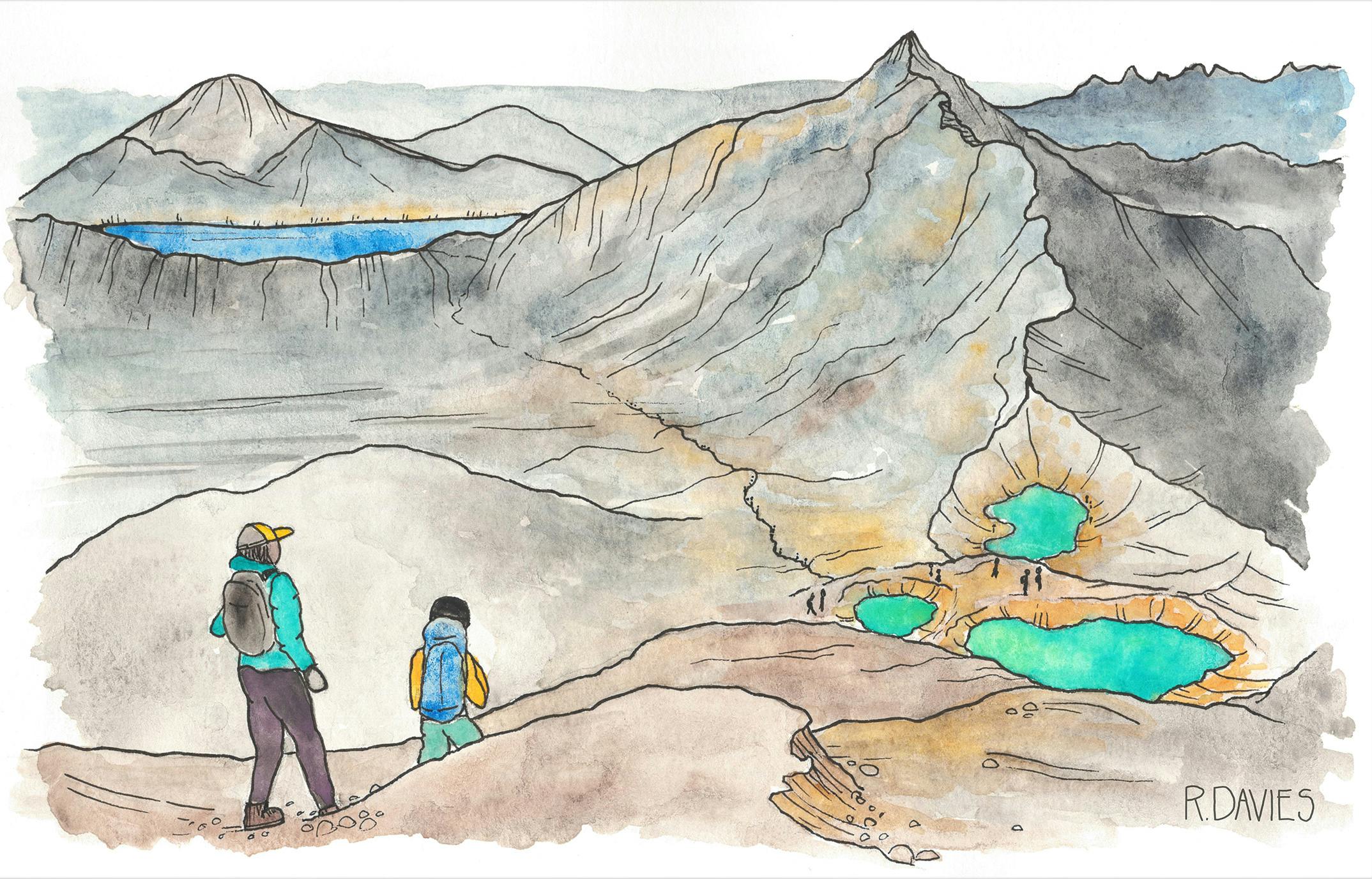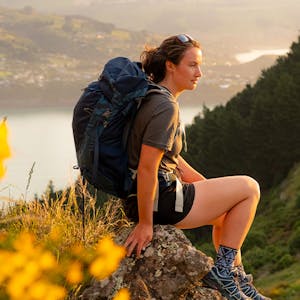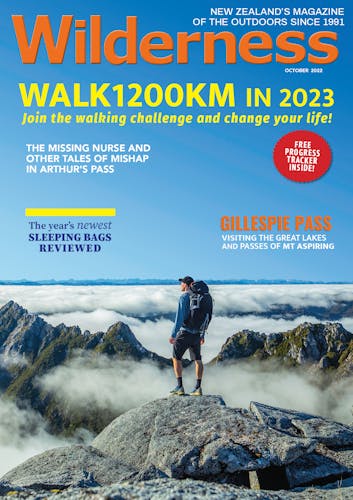There are plenty of unwritten do’s and don’ts on the trail that those new to tramping might not be aware of.
There are many unwritten rules attached to trail etiquette that foster positive experiences, lasting use of trails and protection of the environment. Here are some, written down.
Right of way
Uphill travellers have right of way because they’re expending more energy. If they want a break and wave you past, that’s okay, but don’t expect them to do so. On multi-use trails, like the Old Ghost Road or Queen Charlotte Track, trampers yield to pack animals; cyclists yield to everyone.
Passing
When you catch up to a slower group, it’s courteous to make yourself known with a simple greeting. Let the slower group know you’d like to pass when the track is wide enough to do so. Squeezing past is not only rude, it can also be dangerous where the track is narrow or has a steep drop-off.
If another tramper catches up to you, offer to let them pass. You’ll be happier without someone stepping on your heels.
Chatting
Some go out to be alone and don’t want to talk. That’s okay. However, a quick hello and brief chat isn’t simply friendly. Conditions ahead, which may be rougher than expected, can be discussed, and the forecast or your route plan gives helpful tips for others to relay to a rescue team should you get into trouble.
Everyone’s out there for fun and enjoyment; being friendly and welcoming can brighten another walker’s day.
Noise
In New Zealand there are no big predators to be warned off by calling out or blasting music, so keep it quiet. Loud noise can be annoying to other walkers. It can also increase animals’ stress levels and impact their ability to communicate with each other.
In general, wildlife will be scared away from unexpected noise and you’ll see fewer creatures scuttling or flying around.
If you’re really keen to listen to music, wear headphones – although using them will reduce your ability to hear potential environmental hazards or others wanting to pass. Keep a low volume and try wearing just one earbud.
Pets on trails
Another major stress for wildlife is pets. While your dog may obey your commands at home, it may be oblivious when chasing a low-flying kererū. Always have pets on a leash, unless in a designated area, and always pack out their poo. Even poo left in a biodegradable bag is unsightly on the trail or nearby and it does have an environmental impact.
Where to walk
Where trails are established, stick to them to avoid causing erosion, trampling fragile species and widening paths. Well-designed trails protect the land and are the most efficient route. Switchbacks are more energy-efficient, so cutting corners isn’t worth it.
When tramping off-trail, try to avoid fragile species like mosses and alpine plants, which take a long time to recover.
The facili-trees
A golden rule of the ‘Leave No Trace’ principle is to bury human waste: it’s vital for the cleanliness of watersheds and a courtesy to other trail users. Walk a minimum of 40 paces off the trail to dig a hole. Pack out used toilet paper (a paper bag in a ziplock bag is a mess-free way to carry it).
People typically don’t wander far off trail to pee, but it’s courteous to others on busy trails to step further away, and downhill. Again, pack out paper, or carry a pee-rag – a Chux cloth in a ziplock bag is easy to rinse and dry at day’s end.
Rock piles
Many trails, especially above the bushline, use rock cairns as markers. Some people don’t believe there should be human-made piles and will topple them, but others will rely on them for navigation. Similarly, if you decide to make a meditative or decorative rock-pile sculpture for that Instagram shot, it may confuse others. Rule of thumb: leave the rocks as they are.








